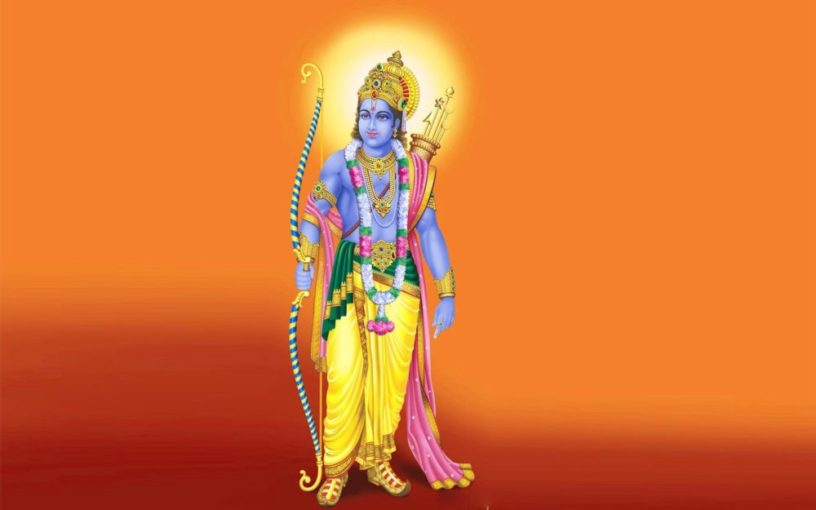Pt. Dr. Umesh Persad, Spiritual Leader, Gyaan Deepak Kirtan Mandali
Ram Naumi, the birth celebration of Shree Raam, is not just the celebration of an event that happened in the ancient past, but it is also an explanation of an internal state and the conditions that are necessary for spiritual experiences. We are all searching for the full realisation of who we are. While the story of Ram’s birth is replete with its own symbolism, even more depth can be discovered by looking at the meaning behind the names of people and places.
Ayodhya, the birthplace of Shree Raam, for example, means ‘a place where there is no war or conflict’. Ayodhya prevails inside us when there is no conflict or doubt within us, and we are self-settled. The three queens of Ayodhya represent the three conditions that are necessary for Ayodhya to materialise within us. The first queen’s name, Kausalya, means ‘skill or knowledge’, which leads to the realisation of peace (Shanta), and the knowledge of who we truly are (Raam). Raam means ‘that which shines within me’.
Kaikeyi means ‘sacrifice’. People blame her for her instigation of Shree Raam’s exile from Ayodhya but she did what she thought was right. She is the pivot around which Shree Raam’s story unfolds. Kaikeyi is sreya, doing what is right. She gave birth to Bharath, which means ‘to be maintained’. He is symbolic of the maintenance of dharma, righteous conduct. This is the second condition for self realisation.
The third queen, Sumitra, means ‘a good friend’. Our good friend is the ability to let go. She had two sons: Lakshman, whose name means ‘the ability to concentrate’ and Satrughan, ‘the destroyer of enemies’. The enemy he destroyed was his own ego; he was very humble, a servant to all. These three conditions give rise to the state of Ayodhya within us.
Ram Naumi is a time when we must question ourselves. Do I have these conditions within me and am I experiencing that state of Raam, knowing who I truly am and the Self that shines within me?
The religious celebrations are useful for diving deeper within the Self, because the permanent state of Raam needs to be experienced by each of us as we continue along the spiritual path.



